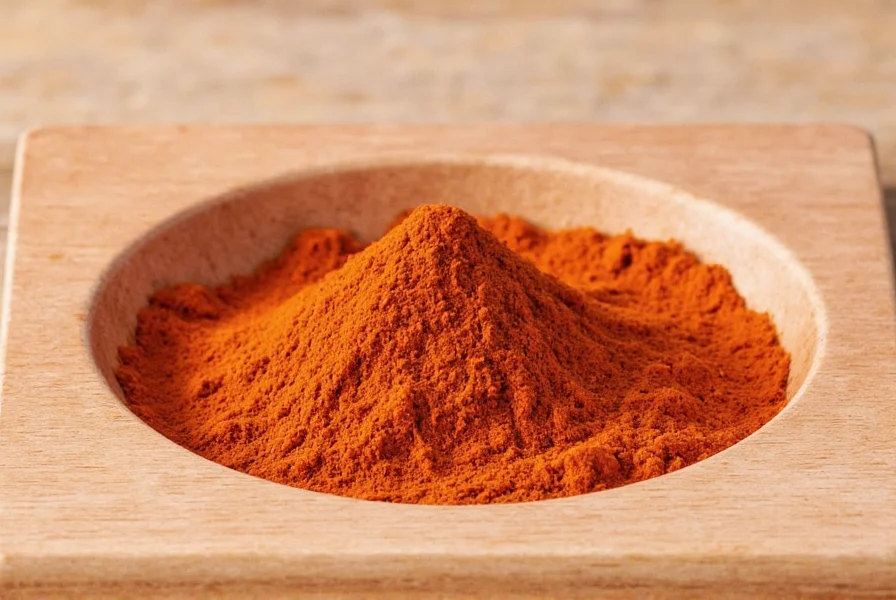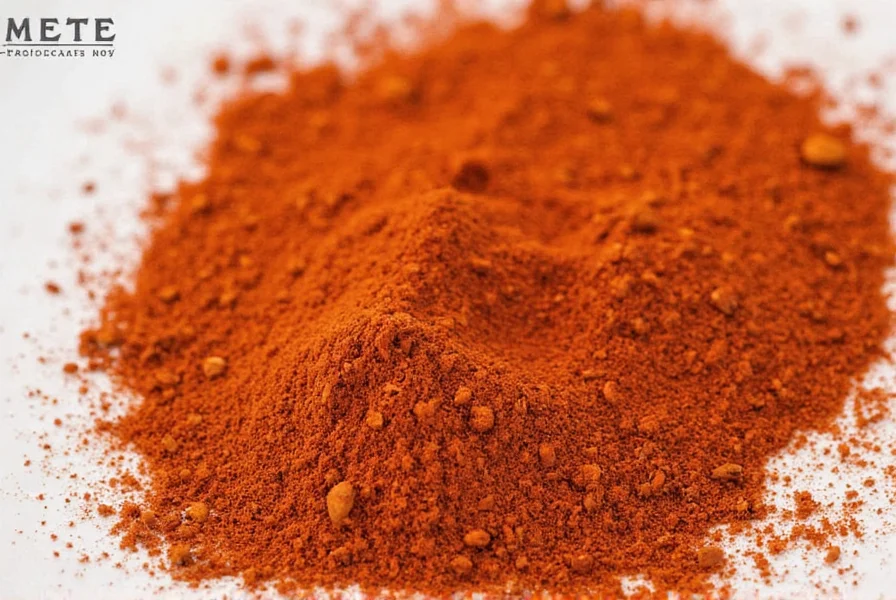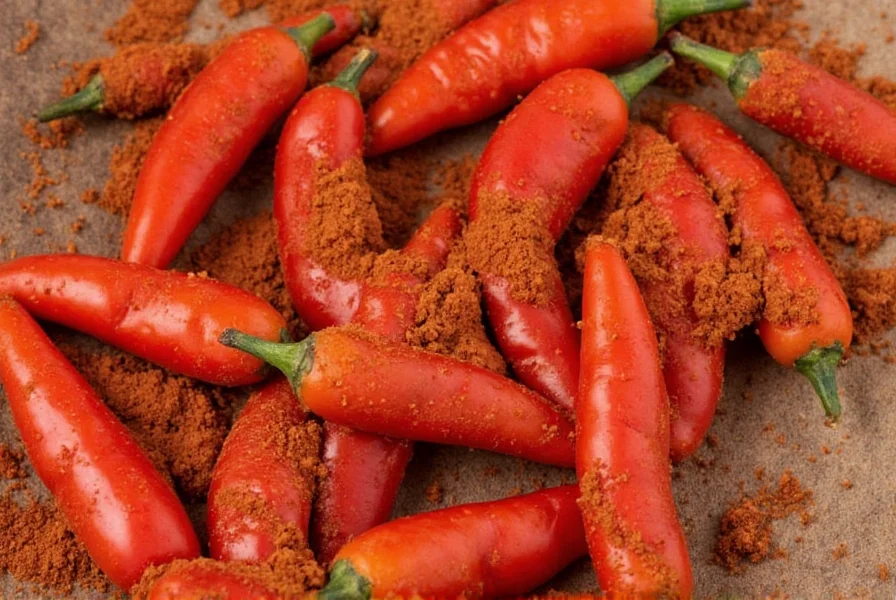Smoked paprika adds a distinctive deep red color and rich, smoky flavor to dishes ranging from Spanish paella to American barbecue rubs. When you're out of this specialty spice or need an alternative for dietary reasons, knowing effective replacements can save your recipe without compromising flavor integrity.
Understanding Smoked Paprika's Unique Profile
Before exploring alternatives, it's essential to understand what makes smoked paprika special. Unlike regular paprika, which is made from ground sweet peppers, smoked paprika (pimentón) undergoes a smoking process using oak wood that imparts its signature flavor. There are three main varieties:
- Sweet (dulce) - Mild with pronounced smokiness
- Bittersweet (agridulce) - Moderate heat with complex smokiness
- Hot (picante) - Spicy with intense smokiness
When seeking a replacement for smoked paprika in recipes, consider both the smoky element and whether you need sweetness or heat in your dish.
Top Substitutes for Smoked Paprika
1. Regular Paprika with Liquid Smoke
This combination works well when you need to replicate the smoky flavor without additional heat. For every teaspoon of smoked paprika required:
| Ingredient | Amount | Best For |
|---|---|---|
| Sweet paprika | 1 teaspoon | Paella, roasted vegetables, mild sauces |
| Liquid smoke | 2-3 drops | All applications (use sparingly) |
This replacement for smoked paprika maintains the vibrant red color while adding the essential smoky note. Be cautious with liquid smoke—it's potent and can become bitter if overused.
2. Chipotle Powder
For recipes needing both smokiness and heat, chipotle powder makes an excellent smoked paprika alternative. Made from smoked and dried jalapeños, it delivers comparable smokiness with added spice.
Substitution ratio: Use ½ teaspoon chipotle powder for every 1 teaspoon of smoked paprika. This accounts for chipotle's stronger heat level while maintaining smoky depth.
Best applications: Chili, barbecue sauces, meat rubs, and hearty stews where additional heat complements other ingredients.

3. Smoked Salt
When your recipe already contains paprika or other red spices but lacks smokiness, smoked salt provides the missing element without altering color.
Use ¼ teaspoon smoked salt to replace 1 teaspoon of smoked paprika in dishes like:
- Bean dishes and lentil soups
- Marinades where color isn't critical
- Roasted nuts and seeds
- Grilled vegetable preparations
This smoked paprika substitute works particularly well when you need to maintain the visual appearance of your dish while adding smoky notes.
4. DIY Smoked Paprika Blend
When you need a more nuanced replacement for smoked paprika, create your own blend:
- 1 teaspoon sweet paprika
- ⅛ teaspoon ground cumin
- 2-3 drops liquid smoke OR ⅛ teaspoon smoked tea (like lapsang souchong, finely ground)
- Pinch of garlic powder (optional)
This combination mimics both the flavor complexity and color of authentic smoked paprika. Store any extra in an airtight container for up to two weeks.
Recipe-Specific Substitution Guide
Not all smoked paprika replacements work equally well across different dishes. Consider these recommendations when choosing your substitute:
| Recipe Type | Best Replacement | Notes |
|---|---|---|
| Spanish paella | Regular paprika + liquid smoke | Maintains traditional color; avoid chipotle to preserve authentic flavor |
| Chili con carne | Chipotle powder | Enhances heat profile while providing smokiness; reduce other spices slightly |
| Deviled eggs | Smoked salt | Preserves white/yellow appearance while adding subtle smokiness |
| BBQ dry rub | DIY smoked paprika blend | Creates complex flavor profile similar to commercial smoked paprika |
What Not to Use as Smoked Paprika Substitutes
Certain common suggestions don't effectively replace smoked paprika:
- Regular paprika alone - Lacks the essential smoky component
- Cayenne pepper - Adds heat without smokiness and changes color
- Smoked paprika alternatives like smoked garlic powder - Overpowers with garlic notes
- BBQ seasoning - Contains sugar and other elements that alter recipe balance
When seeking a replacement for smoked paprika in delicate dishes, avoid substitutes that introduce competing flavors or significantly alter the dish's intended profile.
Making Your Own Smoked Paprika
If you have access to fresh bell peppers or paprika peppers and a smoker, you can create authentic homemade smoked paprika:
- Select ripe red peppers (preferably Hungarian or Spanish varieties)
- Smoke at 200°F (95°C) for 6-8 hours until completely dry but not blackened
- Remove stems and seeds
- Grind to a fine powder using a spice grinder
- Store in an airtight container away from light
This DIY approach creates the most authentic replacement for smoked paprika when store-bought options aren't available, though it requires significant time and proper equipment.

Final Considerations for Smoked Paprika Substitutes
When selecting a replacement for smoked paprika, consider these factors:
- Color impact - Some substitutes won't provide the same vibrant red hue
- Heat level - Adjust other spicy elements accordingly
- Smoke intensity - Start with less and build up to avoid overpowering
- Recipe moisture - Liquid smoke works better in wet dishes; dry substitutes suit rubs
Always taste as you go when using smoked paprika alternatives, especially when working with potent ingredients like liquid smoke or chipotle powder. The goal is to complement your dish, not dominate it with artificial or overwhelming smoky notes.











 浙公网安备
33010002000092号
浙公网安备
33010002000092号 浙B2-20120091-4
浙B2-20120091-4